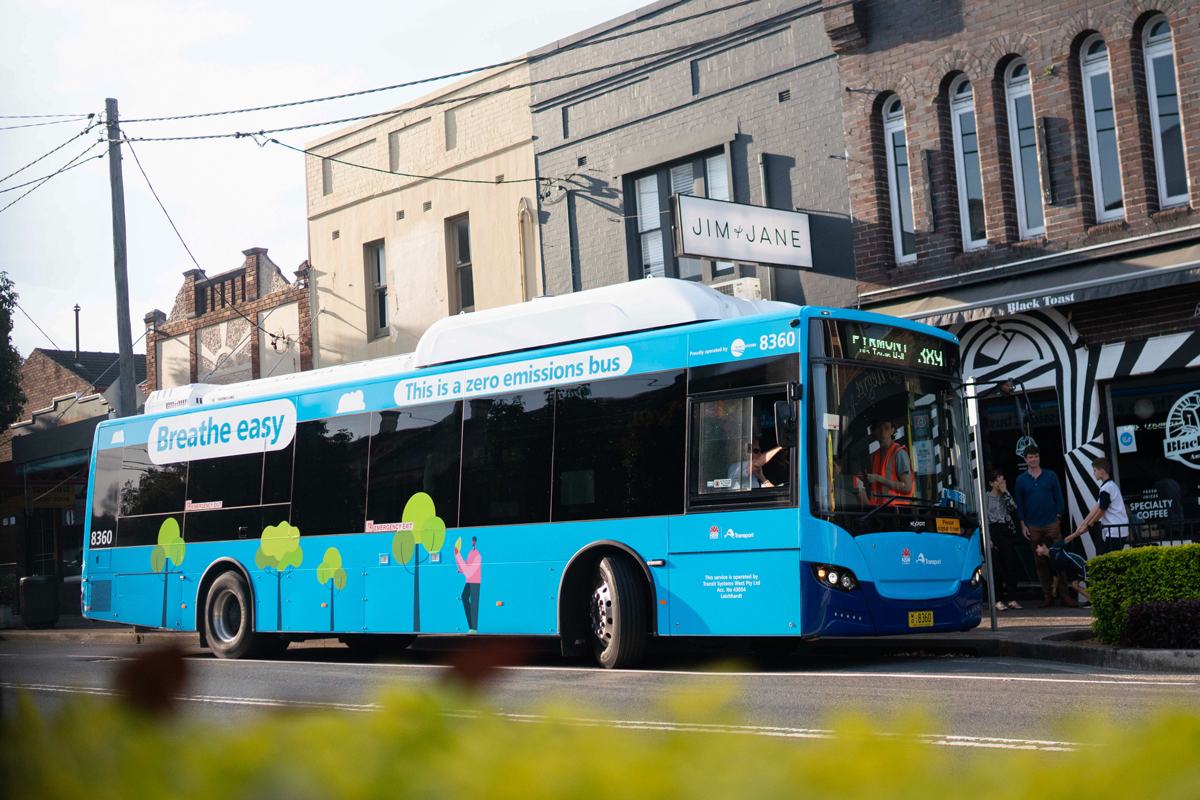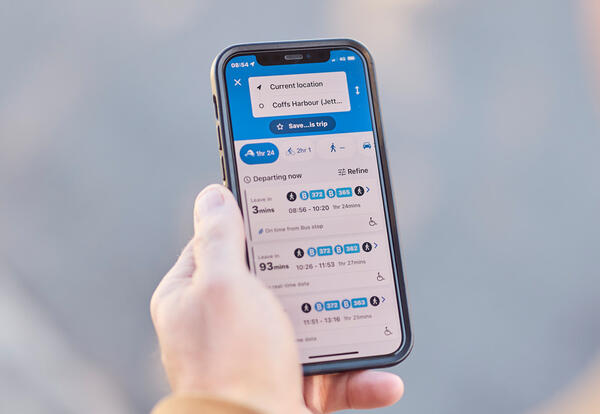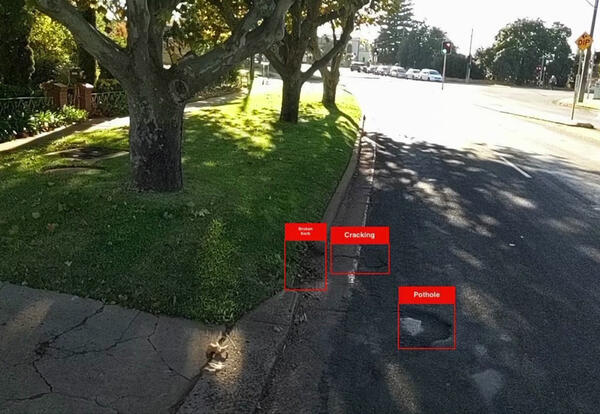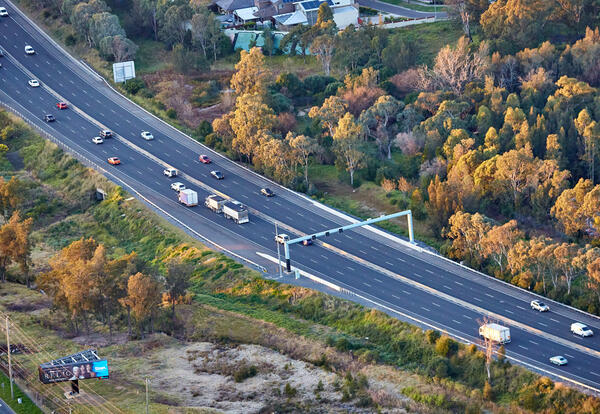Transport technology case study: Zero Emission Buses

Zero Emission Bus on a street. Image: Transport for NSW
Introduction
Transport is cutting the carbon footprint of our bus network by transitioning the NSW public bus fleet to zero emission technology. In addition to the positive environmental impact, this move will deliver strong health and economic outcomes for the people of NSW.
Challenge
In NSW, the transport sector is the fastest growing emissions producer. Diesel and compressed natural gas buses are responsible for the majority of Transport for NSW’s public transport carbon emissions. As part of the NSW Government’s commitment to achieving net zero emissions by 2050, a more sustainable alternative to these carbon-intensive vehicles is needed.
Solution
Our public transport bus fleet is transitioning to zero emission buses (ZEBs). ZEBs produce no tailpipe emissions, have lower running costs than petrol and diesel vehicles, and provide health benefits through reduced air and noise pollution.
A mix of zero emission technologies will be used, with a large fleet of battery electric buses planned for Greater Sydney and trials for electric and hydrogen buses in regional areas.
As part of the transition, existing bus depots will also be upgraded with charging or refuelling infrastructure to support the new fleet. As part of the first stage of the roll-out, 11 depots will be converted to zero emission operations and a custom-built ZEB depot will be constructed at Macquarie Park in north west Sydney.
The transition to ZEBs will bring new employment and training opportunities. The first stage of the rollout in Greater Sydney will support over 1,300 jobs each year, including roles across the construction, bus assembly, supply chain and manufacturing industries.
A 100% ZEB fleet will reduce carbon emissions by an estimated 509,000 tonnes a year, or the equivalent of the emissions from 391,000 new cars.
Expected outcomes
The NSW fleet of 8,000 public transport buses will be entirely comprised of ZEBs by 2047. This includes approximately 4,000 buses in Greater Sydney by 2035, 1,000 buses in outer metropolitan areas by 2040 and more than 3,000 buses in regional NSW by 2047. ZEBs will deliver an economic dividend for NSW, as well as significant environmental and health benefits for the people of NSW.
Related information
Transport technology case studies

Transport Connected Bus Program
Real time trip information for more rural and regional bus passengers.

Asset AI
Trialling artificial intelligence to revolutionise road asset maintenance and operations.

M4 Smart Motorway
New South Wales’ first smart motorway reduces crashes and shortens travel time.
